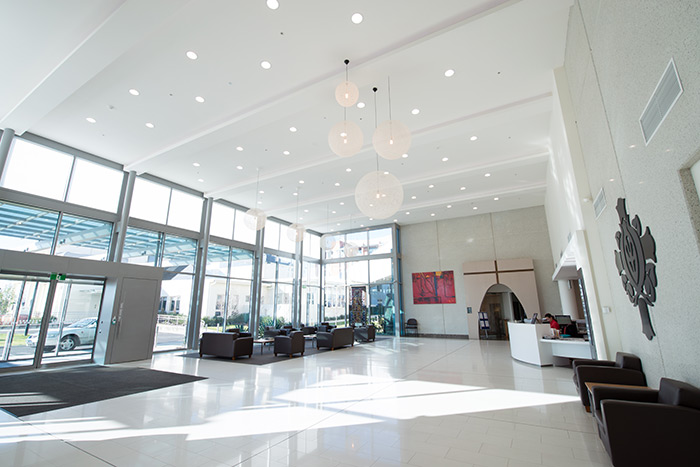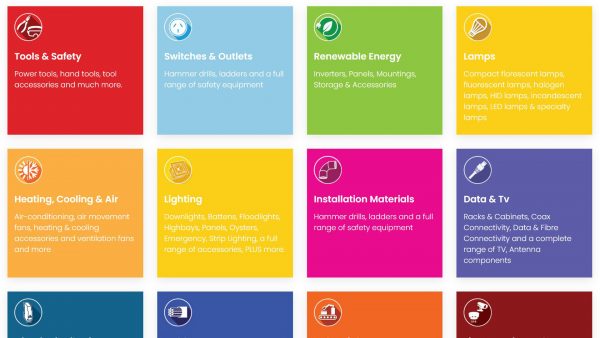
Lighting
SHINING A LIGHT ON LED
Energy-efficient LED lighting is a cost effective, smart option for home lighting. Although they have a higher upfront cost than traditional light bulbs, LEDs lower power bills, are longer lasting and provide a better quality of light. With awareness of their environmental and economic benefits increasing, LED lighting is fast becoming the first choice for homes.
The Benefits
The main benefit of LEDs is that they are up to five times more energy efficient than traditional incandescent and halogen lights, and they have a much longer lifespan. Because they use less power, need to be replaced less often and don’t contain any mercury, they’re a much better choice for the environment.
They’re also a more cost effective option, as they use a fraction of the wattage required to power a bright incandescent bulb. A 60W incandescent bulb with a brightness of 880 lumens (more on lumens later) used for three hours per day will add about $7.50 per year to your electricity bill. In comparison, a 12W LED that puts out 800 lumens will add about $1.50 to your bill. If you multiply that by the total number of light bulbs in your house, you could be looking at significant savings.
While typical incandescent bulbs need to be replaced yearly, LEDs can last up to 25,000 hours. A 12W LED can pay for itself in 2.5 years, and continue saving you money on your electricity bill for years to come.
There are two lesser known benefits of LEDs as well – they are very durable and can handle extreme environments; and they do not emit infrared or ultraviolet radiation, which means less fading of household furniture.
How To Choose
With more options than traditional incandescent light bulbs, choosing the right LED light can be confusing. Here’s a few things to keep in mind.
Colour
Light colour, which is expressed in degrees Kelvin (K), can set the mood of a room. Warm, yellow lights are measured in lower numbers while cool, white lights have a higher Kelvin rating. The choice between warm or cool comes down to personal preference, however cool lights are recommended for areas such as kitchens, laundries and bathrooms, while warmer lights are more intimate making them perfect for bedrooms and living rooms. In an open plan living area it’s best to stick to just one colour, as mixing warm and cool will be distracting.
Angles
The light effect from a luminaire is determined by the shape and direction of light generated by the lamp. Most conventional fixtures deliver a focused light distribution at a beam angle of between 35 and 60 degrees, but LED technology can go well above those values. Our lights deliver beam angles ranging from 80 to 120 degrees for a beautiful spread of light throughout the room.
Lumens
It can be tricky to buy a bulb without considering lumens, but all you really need to know is that lumens measure brightness. The more lumens, the brighter the light will be. Don’t rely on the watt-equivalent written on the box, as this is only a rough estimate and can lead to bulbs that are far too dim or too bright for your needs.
A Guide to Brightness
Knowing how many lumens you want will come down to personal preference, but here is a general guide:
| Incandescent bulb | LED |
| 40 watt | 450+ lumens |
| 60 watt | 800+ lumens |
| 75 watt | 1100+ lumens |
| 100 watt | 1600+ lumens |
Combine your preferred lumen rating with your preference of colour, and you’ll be able to choose the perfect light every time.


